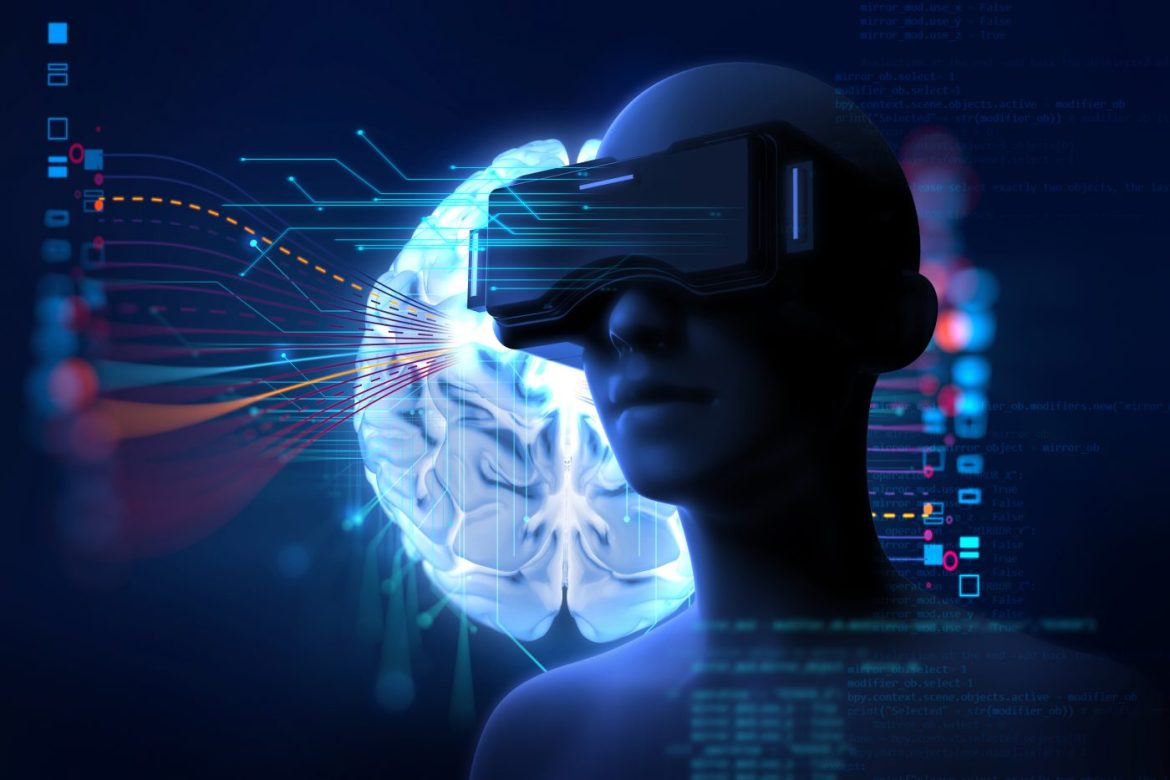Virtual reality (VR) is becoming a tool that can help patients in a wide variety of medical settings. It is especially useful in treating people who suffer from Post-traumatic stress disorder (PTSD) or anxiety disorders. However, the use of VR is still not widespread. This article looks at some of the challenges and opportunities for the widespread implementation of VR in mental health treatment.
Cognitive behavioral therapy is more effective than CBT alone
Cognitive behavioral therapy (CBT) is a form of psychotherapy that has been shown to be effective in treating a wide range of mental health conditions, including depression, anxiety, and addiction. Its main aim is to help people change their negative thought patterns.
Cognitive behavioral therapy is also useful in treating other mental health problems, such as schizophrenia and bipolar disorder. People with these conditions often find that they can be treated effectively with a combination of CBT and medication.
CBT is usually delivered over a period of several sessions. However, there are many options for how this therapy is delivered. For example, it can be facilitated online or via telephone.
VR helps PTSD patients get better
Virtual reality is a great tool to help PTSD patients get better. Not only does it allow a patient to re-experience the traumatic event, but it can also rewire memories and create new physiological responses. It has also been proven to improve symptoms by 40%.
Researchers have created a new virtual-reality program called Bravemind. This program leverages cutting-edge technology to make therapy more accessible to younger generations.
The program is based on an adaptive display that uses photos, music, and videos to represent the different worlds of the PTSD sufferer. These elements are then added to the virtual environment as the therapist listens to the veteran describe the traumatic experience.
VR reduces anxiety
Virtual reality (VR) technology has been used to improve the diagnosis and treatment of many mental health conditions. From autism to addiction to post-traumatic stress disorder, VR has been shown to be effective.
One example is virtual reality exposure therapy (VRET). In a virtual environment, therapists can create environments to expose specific anxieties. This allows patients to learn coping skills, which helps them manage their symptoms.
During treatment, participants can also interact with virtual companions. These can provide support and help to break the cycle of anxiety.
For example, in a study on state anxiety, participants explored the underwater world, controlled by their breathing. When they returned to the virtual world, they reported improved mood, self-esteem, and appetite.
VR is an alternative to traditional exposure therapy
Virtual Reality is a tool therapists can use to enhance their treatment outcomes. For example, exposure therapy can be enhanced by using virtual reality (VR). This technique is designed to increase the effectiveness of the treatment while making it easier for the therapist to administer.
The technology allows the patient to be immersed in the VR experience. This can result in a greater level of concentration and engagement in the treatment.
However, in order to be effective, a therapist needs to have the clinical skills to use VR effectively. A therapist must be able to determine when to use the most advanced VR techniques, as well as the right time to omit them.
VR’s ability to administer powerful, realistic situational examinations
Virtual reality therapy has been shown to reduce anxiety, improve cognitive function, and even boost wound care rehabilitation. However, the technology’s efficacy has been largely restricted to specialized treatment centres. There are, however, some areas currently testing VR treatments for veterans.
In the United States, the Veterans Administration (VA) has implemented BRAVEMIND in 15 VA medical centers. This is a prolonged exposure therapy tool used to treat military members suffering from PTSD, sexual assault, and other conditions.
The National Institute of Health and Clinical Excellence recommends VRT for moderate depression. VR has been shown to be an effective treatment for pain management, stroke, ADHD, autism, and even Alzheimer’s disease.
VR’s barriers to widespread implementation
For years, virtual reality (VR) has been used in clinical intervention studies to treat anxiety, PTSD, autism, ADHD, stroke, and traumatic brain injury. Although VR’s therapeutic value has been established, barriers to widespread implementation remain. Identifying and addressing these barriers is vital.
The barriers to widespread VR/AVG adoption are largely driven by factors related to the technology itself. Automated, self-guided, stand-alone VR applications are available that are effective in treating multiple mental health conditions. However, these stand-alone systems do not address the need to increase the effectiveness of clinical treatment by providing a unified platform for delivery of clinical content. Educating and training health professionals to use these systems will also be needed to promote adoption and smooth distribution of these technologies.




